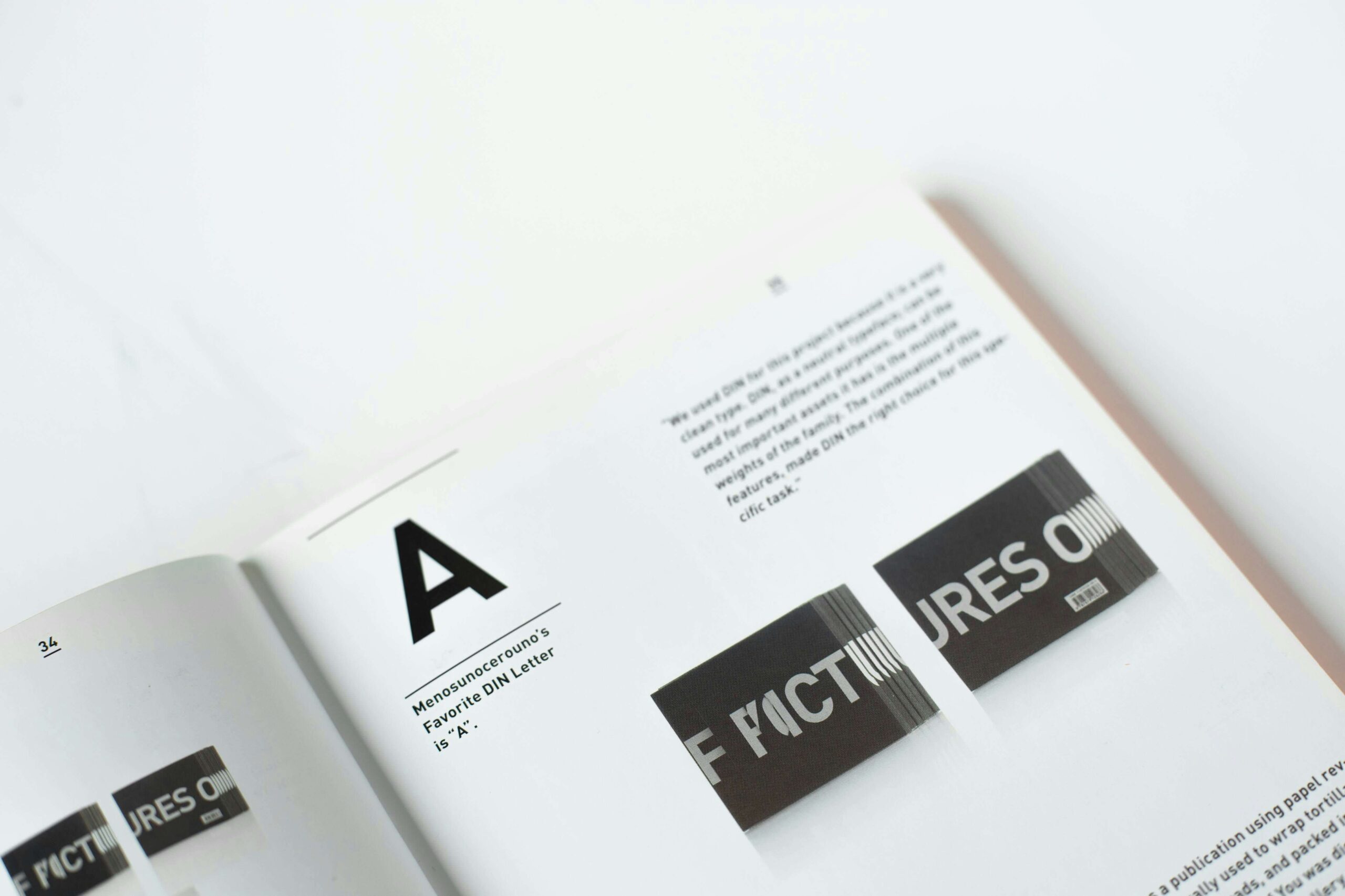Why Typography Is Important For Your Website
In the vast landscape of web design, typography plays a pivotal role in shaping the user experience and communicating the brand’s message effectively.
From serif to sans-serif, from bold to light, every font choice influences how visitors perceive and interact with a website. In this digital era where attention spans are short and first impressions matter, understanding the impact of typography on website design is essential for crafting engaging and visually appealing online experiences.
Setting the Tone
Typography sets the tone for a website from the moment visitors land on the homepage. The choice of font style, size, and spacing instantly communicates the brand’s personality and message. For instance, a sleek and modern sans-serif font might convey a sense of professionalism and innovation, while a playful script font could evoke a more casual and creative vibe.
Consider the website of a luxury fashion brand. The elegant serif fonts used for headings and body text exude sophistication and class, mirroring the high-end nature of the products. On the other hand, a website for a children’s toy company might opt for vibrant colors and whimsical fonts to appeal to its young audience.
Enhancing Readability
Beyond aesthetics, typography significantly impacts the readability of website content. Clear and legible fonts ensure that visitors can easily consume information without straining their eyes. Factors such as font size, line spacing, and contrast between text and background all contribute to a comfortable reading experience.
Imagine navigating a website with tiny text crammed together on a busy background. It’s not only frustrating but also discourages visitors from engaging with the content. By choosing appropriate fonts and optimizing typography settings, designers can improve readability and keep users engaged for longer periods.
Establishing Hierarchy
Typography plays a crucial role in organizing content and establishing hierarchy within a website. By varying font sizes, weights, and styles, designers can guide visitors’ attention towards the most important information and create a seamless browsing experience.
Headings and subheadings, styled with larger font sizes or bolder weights, help users quickly scan and locate relevant sections of a webpage. Meanwhile, body text presented in a consistent and readable font ensures coherence and clarity throughout the content.
Reflecting Brand Identity
Typography serves as a powerful tool for reinforcing brand identity and fostering recognition. Consistent use of fonts across different touchpoints—such as websites, marketing materials, and product packaging—creates a cohesive brand experience and builds trust with the audience.
Consider the iconic logos of brands like Coca-Cola and Disney, instantly recognizable due to their distinctive typography. These companies understand the importance of typography in shaping brand perception and leverage it effectively to leave a lasting impression on consumers.
Adapting to Responsive Design
With the proliferation of mobile devices, responsive design has become a necessity for ensuring optimal user experience across various screen sizes. Typography plays a vital role in this adaptation process, as fonts must remain legible and visually appealing on devices of all shapes and sizes.
Designers often employ techniques such as fluid typography and adjustable spacing to maintain readability and aesthetics across different screen resolutions. By prioritizing flexibility and scalability in font selection, websites can deliver a consistent brand experience regardless of the device used.
Conclusion
In the realm of website design, typography is far more than just selecting pretty fonts. It influences how users perceive and interact with digital content, shaping their overall experience and driving key brand messages.
By understanding the impact of typography and leveraging it effectively, you can create a visually stunning and engaging website that leave a lasting impression on visitors. From setting the tone to enhancing readability and reflecting brand identity, typography remains an important element of a successful website.
